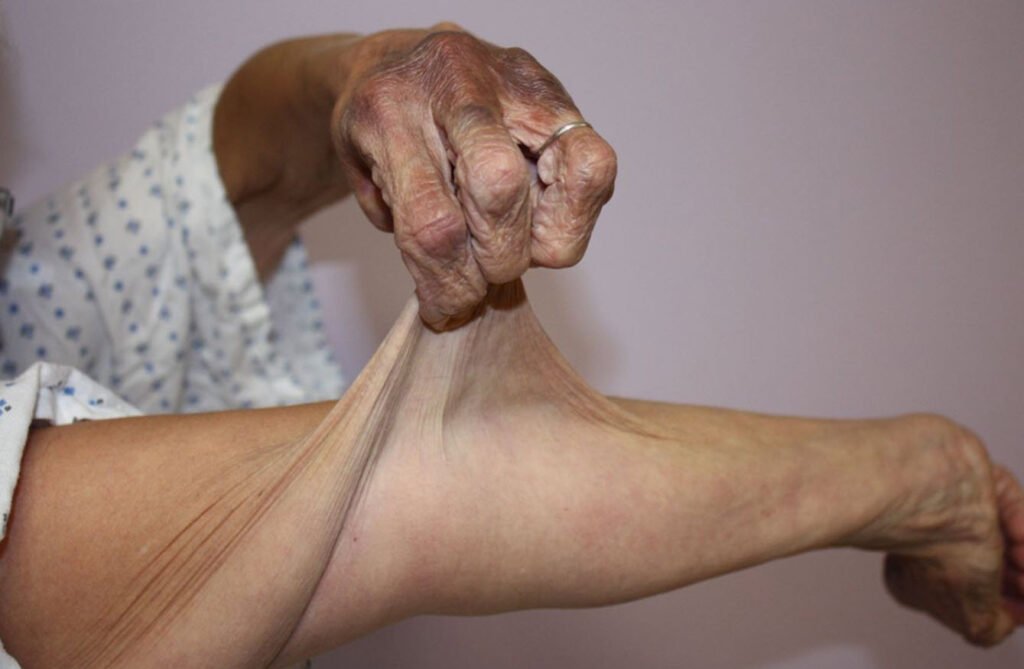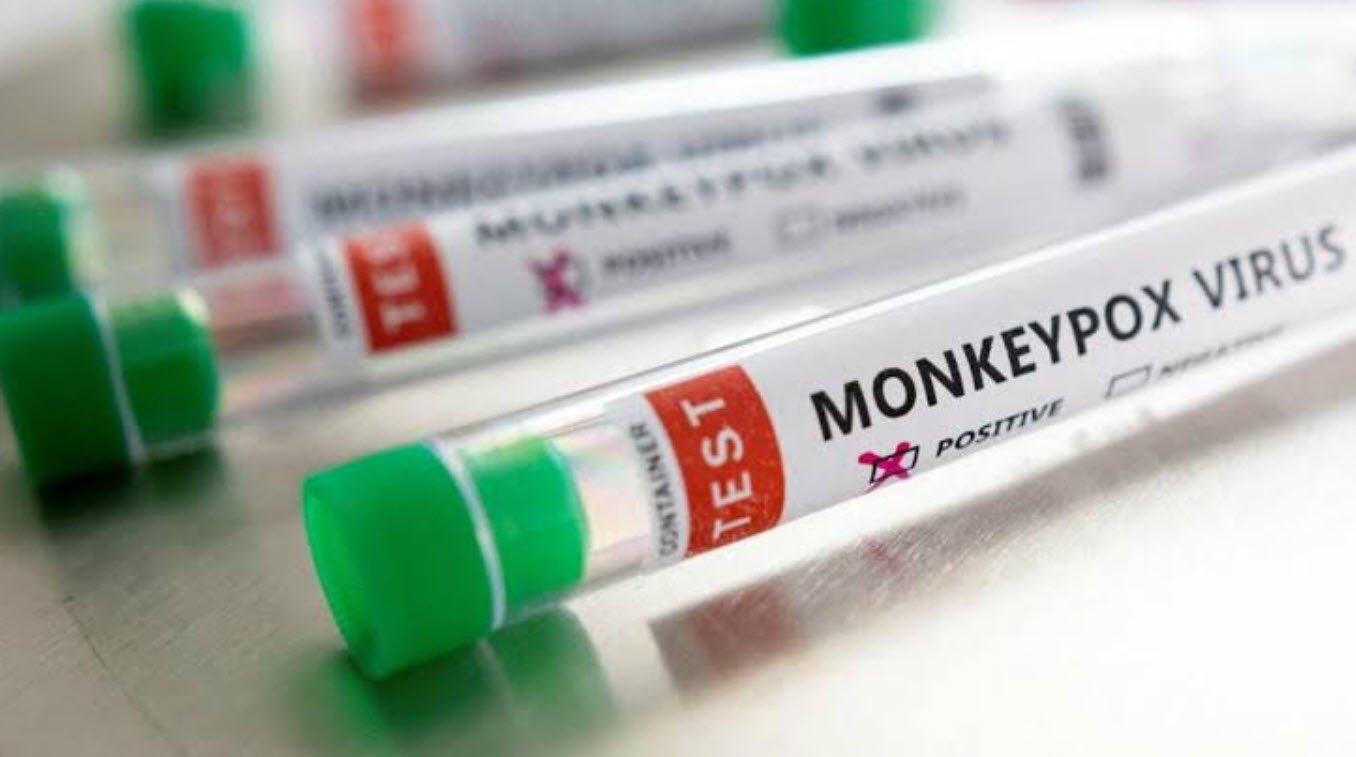
Ehlers-Danlos Syndrome (EDS) is a group of rare, hereditary connective tissue disorders characterized by a wide range of symptoms and challenges. Named after the physicians who first described the condition, Drs. Edvard Ehlers and Henri-Alexandre Danlos, it affects the body’s connective tissues, which provide strength and elasticity to various structures, including the skin, joints, and blood vessels.
The Complex Nature of Connective Tissue
Connective tissues are a vital component of the human body, akin to the scaffolding of a building. These tissues provide structural support, ensuring that our skin, muscles, tendons, ligaments, and organs function as they should. In individuals with Ehlers-Danlos Syndrome, a genetic mutation leads to abnormalities in the production of collagen, a key protein in connective tissues. This results in a wide array of symptoms and complications.
A Multifaceted Condition
Ehlers-Danlos Syndrome is not a one-size-fits-all condition. There are several distinct types, each with its own unique features, but they all share a common thread of connective tissue abnormalities. Some common symptoms and characteristics of EDS include:
1. Hyperextensible Skin: One of the hallmark signs of EDS is hyperextensible or overly stretchy skin. Affected individuals may be able to pull and manipulate their skin more than the average person.
2. Fragile Skin: EDS often leads to fragile, thin skin that is prone to tearing and bruising easily. Even minor trauma can result in significant skin damage.
3. Delayed Wound Healing: Wounds, whether from surgery, injury, or even minor cuts, may take longer to heal in individuals with EDS due to the compromised nature of their connective tissues.
4. Joint Hypermobility: Many individuals with EDS experience joint hypermobility, meaning their joints can move beyond the normal range of motion. This flexibility can lead to joint instability and an increased risk of dislocations and chronic pain.
5. Vascular Complications: In some EDS types, there can be serious vascular complications, including fragile blood vessels that are prone to rupture. These complications can be life-threatening.
6. Predisposition to Skin Damage: The skin’s vulnerability to damage is a recurring theme in EDS. Even minor injuries or friction can lead to skin tears, which can be painful and challenging to heal.
The Genetic Underpinning
Ehlers-Danlos Syndrome is primarily a genetic disorder, and the various types are associated with different genetic mutations. Most forms of EDS are inherited in an autosomal dominant manner, meaning a child has a 50% chance of inheriting the condition if one of their parents has it.
Management and Treatment
While there is no cure for EDS, the condition can be managed and treated to improve the quality of life. Treatment plans may include physical therapy, pain management strategies, and interventions to address specific symptoms and complications. Skin care, wound care, and preventive measures to avoid joint dislocations and injuries are also important aspects of managing EDS.
Living with Ehlers-Danlos Syndrome can be challenging, and the condition varies widely in its severity and impact on individuals. It’s crucial for those affected by EDS to work closely with healthcare professionals who are knowledgeable about the condition to develop personalized care plans that address their unique needs.
Moreover, raising awareness and supporting ongoing research into EDS is essential for better understanding and improving the lives of those living with this complex connective tissue disorder.








